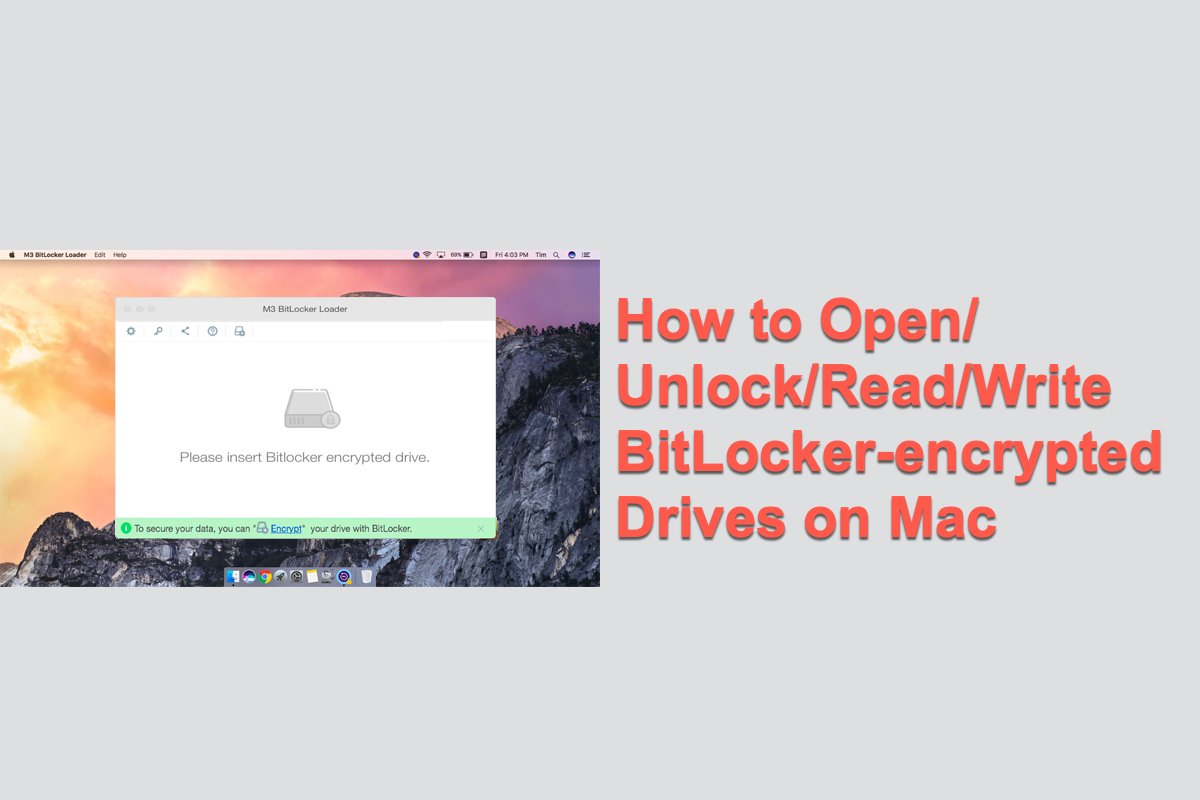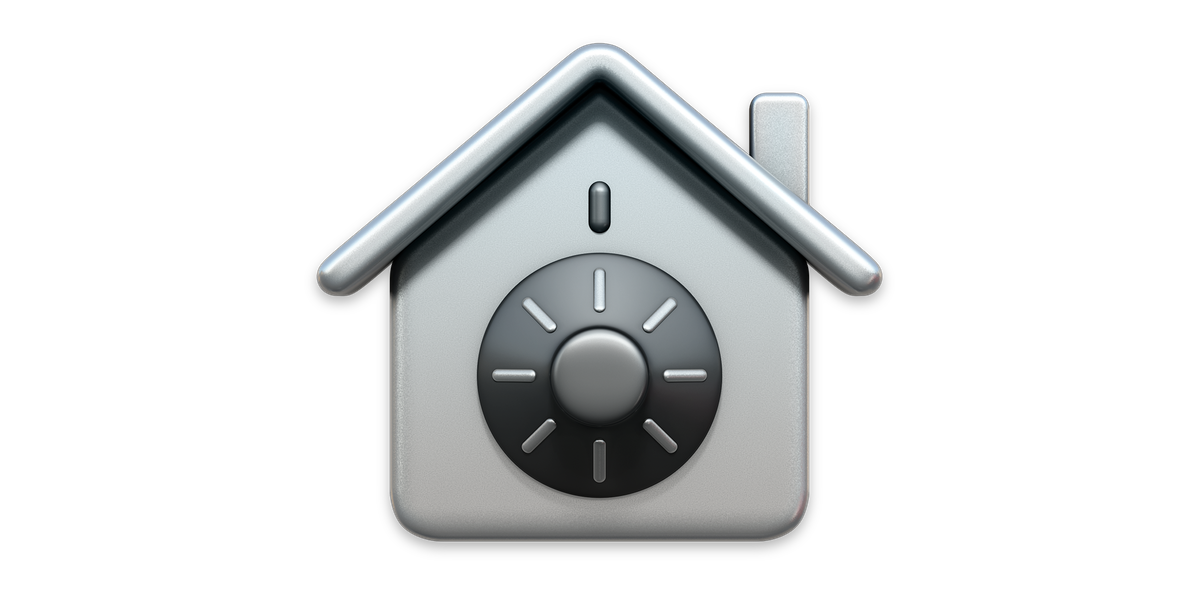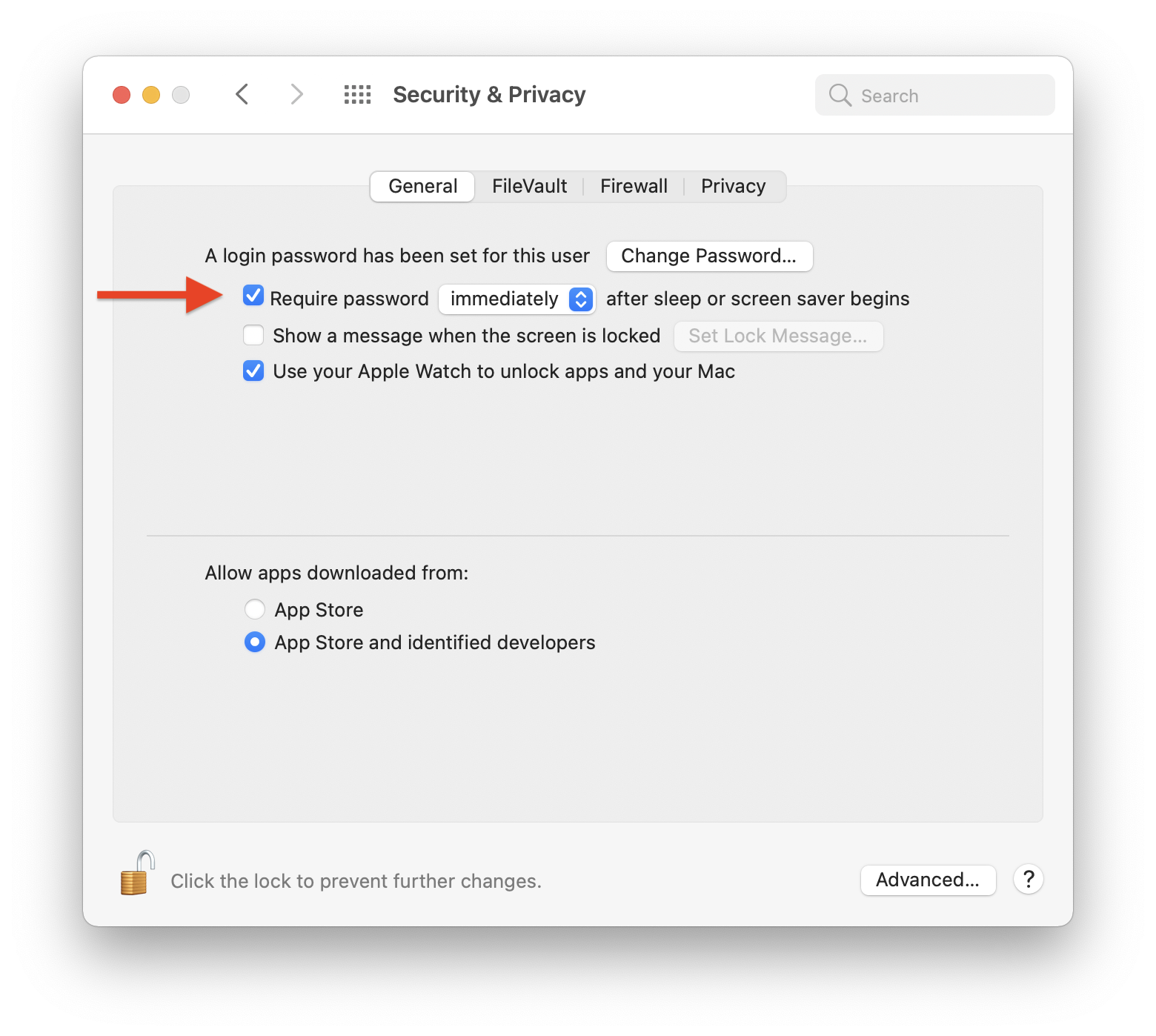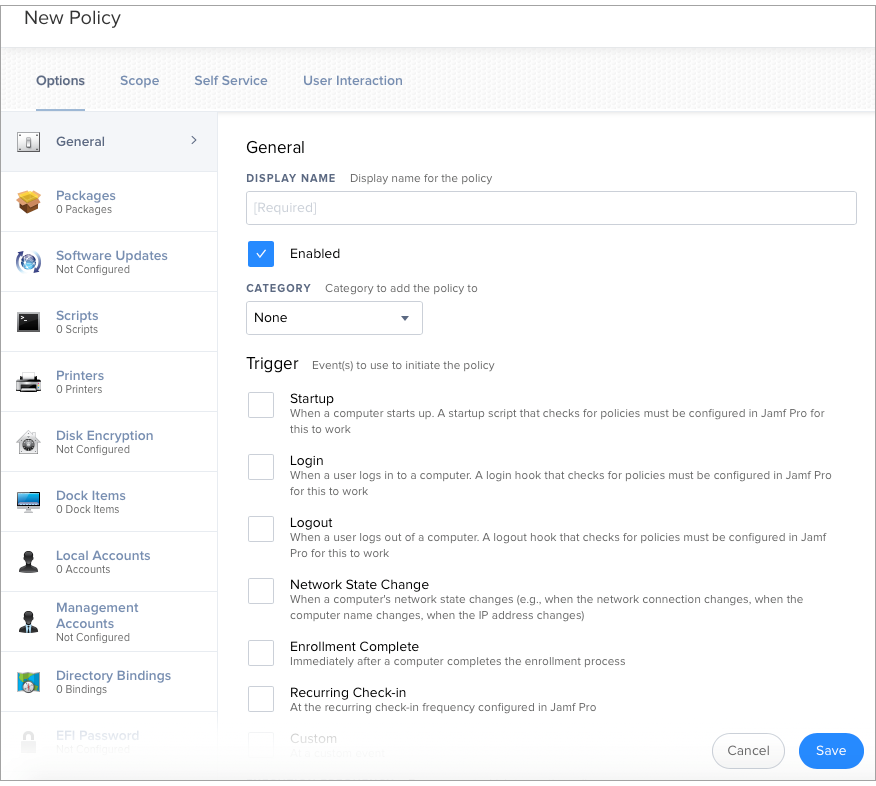
- #Mac os x encryption process mac os x#
- #Mac os x encryption process install#
- #Mac os x encryption process password#
In such cases, Time Machine is limited to backing up the home directory in its entirety.
#Mac os x encryption process mac os x#
Without Mac OS X Server, Time Machine will back up a FileVault home directory only while the user is logged out. Limitations and issues Backups These limitations apply to versions of Mac OS X prior to v10.7 only. This can be mitigated to a certain extent by making symbolic links for these specific files. This encrypted image behaves similar to a FileVault encrypted home directory, but is under the user's maintenance.Įncrypting only a part of a user's home directory might be problematic when applications need access to the encrypted files, which will not be available until the user mounts the encrypted image. Instead of using FileVault to encrypt a user's home directory, using Disk Utility a user can create an encrypted disk image themselves and store any subset of their home directory in there (for example, ~/Documents/private). If transferring FileVault data from a previous Mac that uses 10.4 using the built-in utility to move data to a new machine, the data continues to be stored in the old sparse image format, and the user must turn FileVault off and then on again to re-encrypt in the new sparse bundle format.
#Mac os x encryption process password#
If a user password is forgotten, the master password or recovery key may be used to decrypt the files instead. When FileVault is enabled the system invites the user to create a master password for the computer. The original version of FileVault was added in Mac OS X Panther to encrypt a user's home directory. For this approach to disk encryption, authorised users' information is loaded from a separate non-encrypted boot volume (partition/slice type Apple_Boot). This encrypts the entire OS X startup volume and typically includes the home directory, abandoning the disk image approach. Mac OS X Lion (10.7) and newer offer FileVault 2, which is a significant redesign. Apple refers to this original iteration of FileVault as legacy FileVault. Mac OS X Leopard and Mac OS X Snow Leopard use more modern sparse bundle disk images which spread the data over 8 MB files (called bands) within a bundle. The operating system uses an encrypted sparse disk image (a large single file) to present a volume for the home directory.

4 Starting the OS with FileVault 2 without a user accountįileVault was introduced with Mac OS X Panther (10.3), and could only be applied to a user's home directory, not the startup volume.Your bootable Mac OS X installation flash drive is now ready. After the process is completed, this will use up around 9 gb of your USB drive.
#Mac os x encryption process install#

Towards the bottom of the window, there is an Options button.The size should be set between 15 to 16 gb. For the format, choose Mac OS Extended (Journaled). You will be asked to provide a name for the said volume, which you can assign by yourself.




 0 kommentar(er)
0 kommentar(er)
